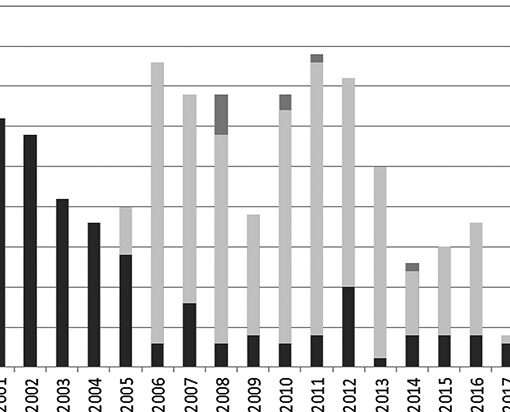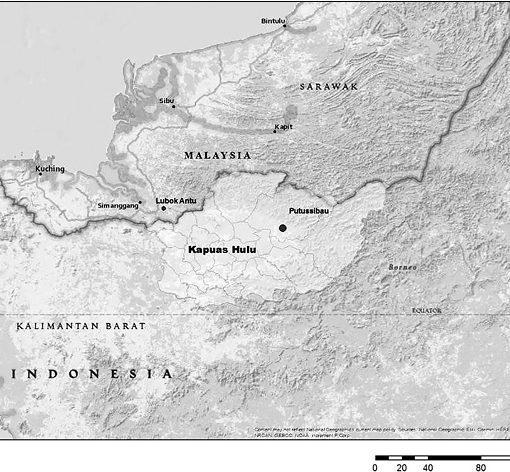The Role of Singapore in the Growth of Intra-Southeast Asian Trade, c.1820s–1852
Atsushi Kobayashi*
*小林篤史, Graduate School of Asian and African Area Studies, Kyoto University, 46 Shimoadchicho, Yoshida Sakyo-ku, Kyoto 606-8501, Japan
Abstract
This paper argues that the expansion of Southeast Asian trade in the first half of the nineteenth century was based partly on the growth of intra-regional trade. Singapore played a significant role as a British free port in the connection between Western long-distance trade and intra-regional trade. According to my estimates, intra-regional trade centered on the British and Dutch colonies grew from the 1820s to 1852, with the focus shifting from Java to Singapore. As background to this growth, attention is drawn to the relaxation of Dutch protectionist tariffs imposed on British cotton goods imported via Singapore. Prompted by British diplomatic protests, tariff levels were reduced, and Singapore increased its exports of European cotton goods across the region. The importance of the distribution system for regional products in the rise of trade in Singapore is also discussed. As Southeast Asian products exported to the Asian market were traded through Singapore, local merchants such as the Chinese and Bugis often conducted transactions of those regional products in exchange for European cotton goods. Thus, the distribution system for regional products facilitated the influx of European cotton goods into the region via Singapore.
Keywords:
Southeast Asian trade, intra-regional trade, Singapore, European cotton goods, Southeast Asian products, Asian merchants
Southeast Asian Studies, Vol. 2, No. 3, December 2013, pp. 443–474
©Center for Southeast Asian Studies, Kyoto University




